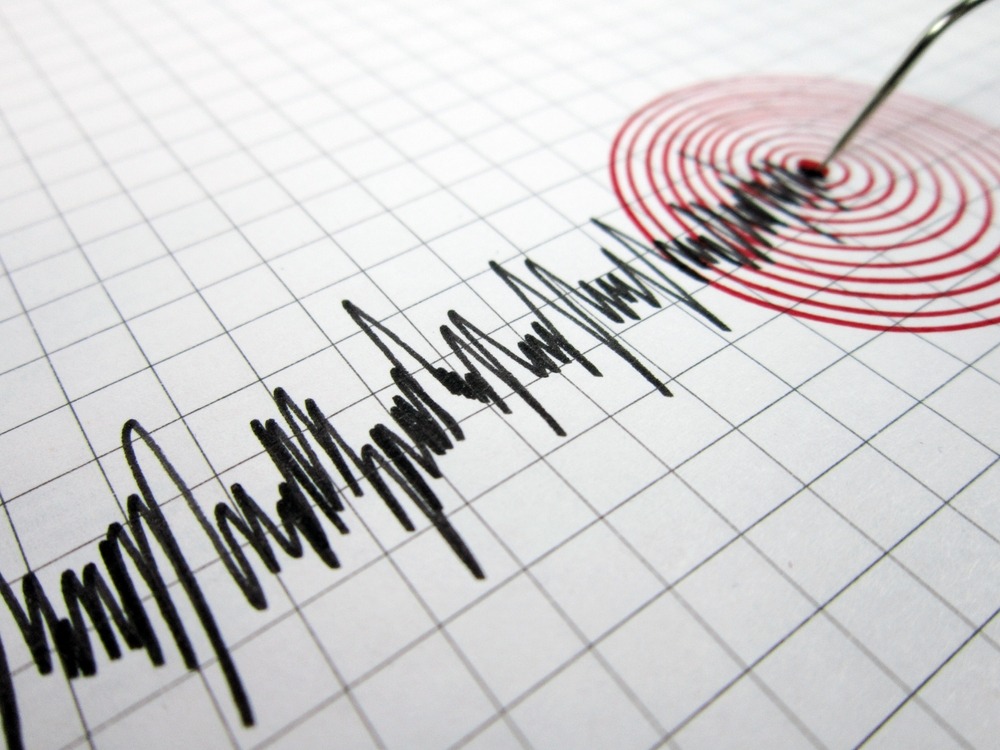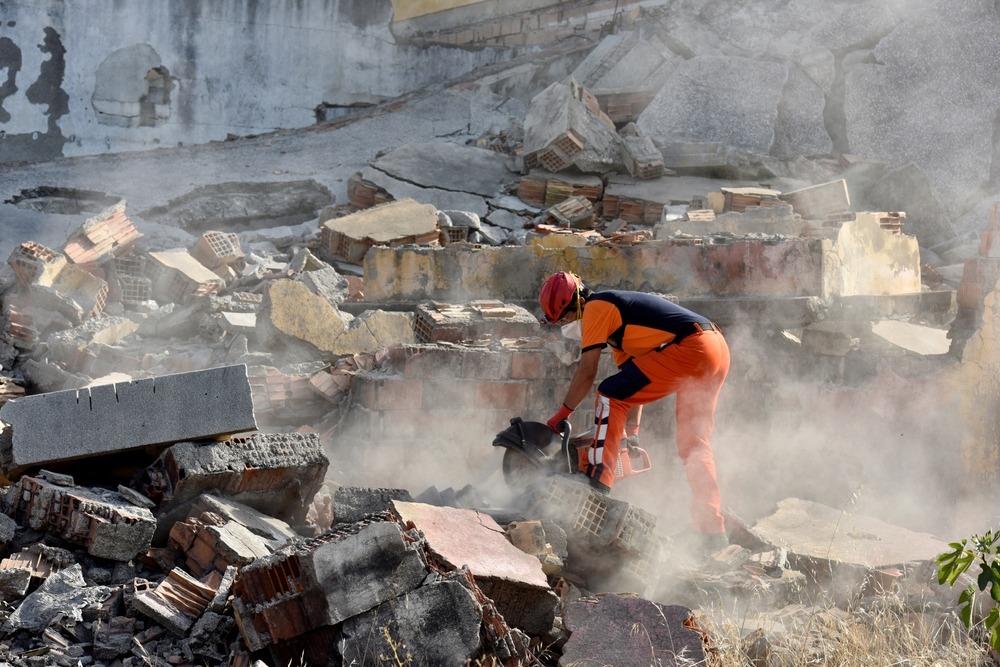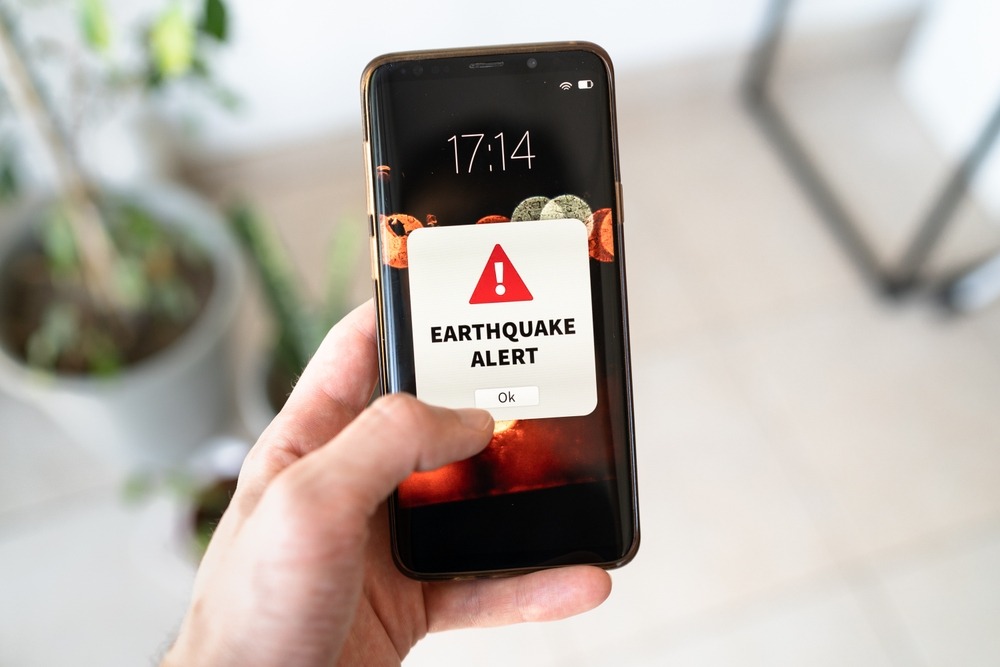5.2-Magnitude Earthquake Shakes San Diego and Surrounding Areas.
A 5.2-magnitude earthquake rattled San Diego and surrounding regions on Monday afternoon, sending a brief jolt through Southern California and leaving many residents shaken—though thankfully, no major damage or injuries have been reported.
According to the US Geological Survey (USGS), the quake hit at 10:08 AM local time (18:08 GMT), with its epicenter near Julian, a small resort town nestled in the Cuyamaca Mountains, about an hour northeast of San Diego.
Within hours, local officials began assessing the aftermath. Perette Godwin, a spokeswoman for the City of San Diego, told the BBC there had been “no reports of structural damage or injuries.” The San Diego County Sheriff’s Department echoed that sentiment, confirming they had not yet received any “reports of injuries or major damage caused by the earthquake,” but emphasized that the situation was still developing.
California Governor Gavin Newsom was promptly briefed on the incident, and his office posted an update on X (formerly Twitter) shortly after the quake.
In the immediate aftermath, the USGS reported several smaller aftershocks in the area. Fortunately, the National Weather Service confirmed there was no risk of a tsunami.

“Drop, Cover, Hold On”
Ahead of the quake, residents received emergency alerts from the USGS ShakeAlert system. These early warnings—sent out to phones as far away as Los Angeles—urged people to take immediate cover.
“Drop, cover, hold on. Protect yourself,” read the alert.
Kevin Manaugh, a lifelong San Diegan, was eating breakfast when his phone buzzed with the alert. He didn’t hesitate.
“Sure enough, the quaking started to happen,” he said. “I've lived in San Diego most of my life, I was born here, and this is probably the worst quake that I've ever felt.”
LATEST: ‘Good Chance’ of US-UK Trade Deal, Says Vance—But at What Cost?
“It was a bit shocking,” he continued. “Everything shook, it shook a lot. It rattled around and lasted maybe three seconds, and then it was over.”
Although his home remained unscathed, the experience left a strong impression. Manaugh said he planned to be better prepared in case another quake hits.
“Between this and the wildfires in Los Angeles, it made me think that it's probably a good idea to have an evacuation bag,” he added.

How ShakeAlert Works
The USGS ShakeAlert system played a key role in Monday’s events, providing precious seconds of warning for residents to take shelter.
The technology uses a network of seismographs and underground sensors scattered throughout California. When ground movement is detected, the system rapidly analyzes the data to determine the magnitude and direction of the quake.
“We use about a second's worth of data to determine what is going on,” explained Robert de Groot, a team lead at the USGS.
LATEST: Ranking The Last of Us Cast by Net Worth in 2025.
Once processed, the alert is distributed to platforms like Google and various earthquake apps, and in the case of more severe quakes, through the federal wireless emergency alert system—like the one used Monday morning.
Even de Groot himself received the alert in Pasadena, 130 miles from the epicenter.
He felt the quake and immediately took cover.
“Nobody likes the ground shaking,” he said. “Even though earthquakes are my day job.”

A Sobering Reminder
While California is no stranger to earthquakes, this event is yet another reminder of the ever-present threat that looms beneath the surface. Earthquakes are notoriously difficult to predict, and though systems like ShakeAlert are making impressive strides, there's still only so much science can do.
In a world already marked by wildfires, droughts, and climate-related instability, nature’s sudden violence feels particularly heavy. Though this quake left no visible scars, it left many reflecting on their own vulnerability and the fragile illusion of control.
Because sometimes, three seconds of shaking is all it takes to remind us that the ground beneath our feet is never truly still.










